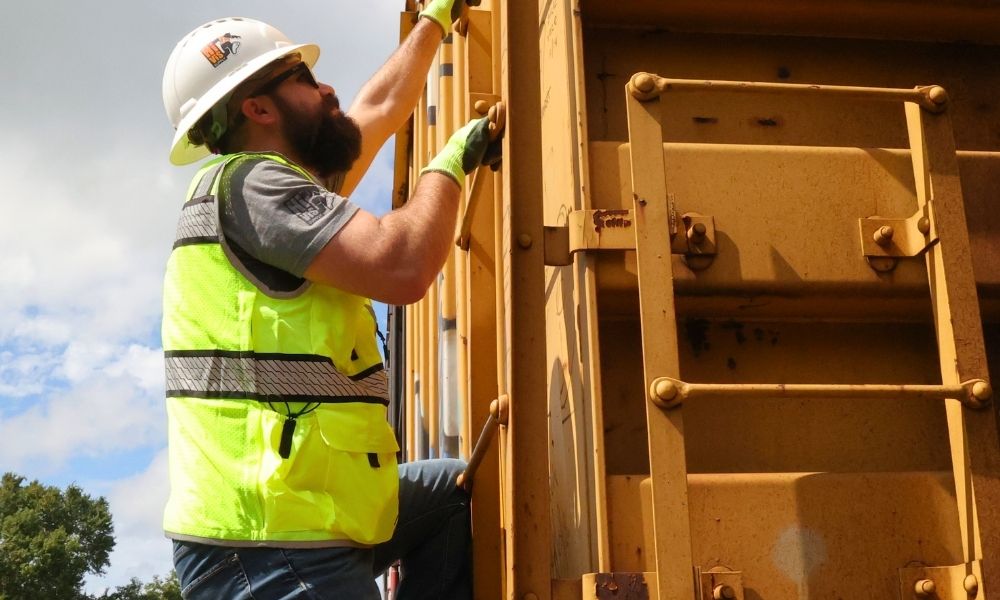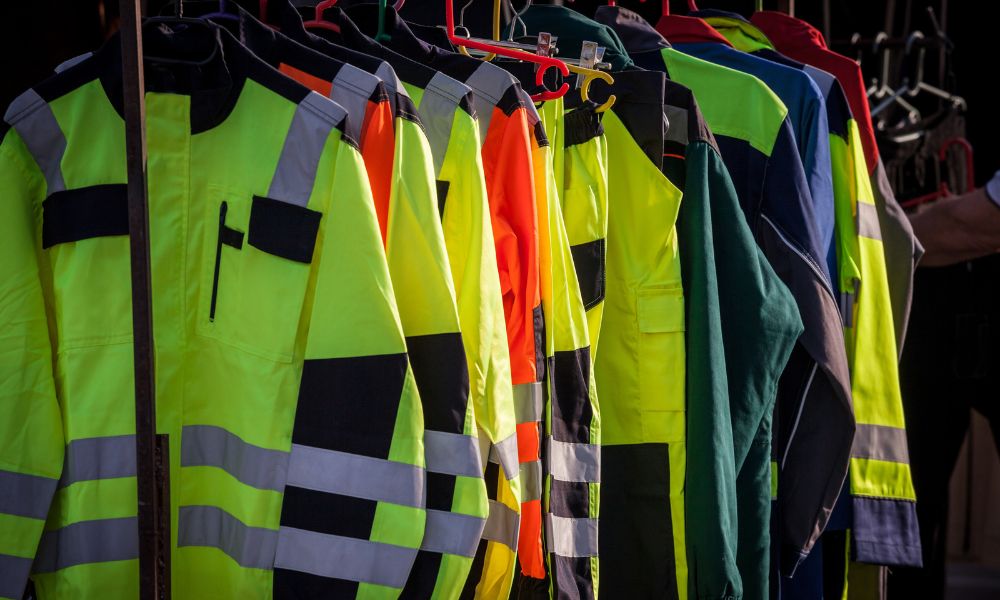Flagging for Road and Bridge Construction
- Nov 27, 2012
Per the Florida Department of Tranportation (FDOT) regulations on road and bridge construction, contractors must provide trained flaggers "...to direct traffic where one-way. Operation in a single lane is in effect and in other situations as required.
The Worksite Traffic Supervisor or others as approved by the Department will provide training for flaggers."
Flaggers are often the first line of defense for roadside and highway crews (see poster).
Basic skills include:
- The Right Signals for stopping, alerting and allowing traffic to proceed
- The Right Gear Class II or Class III high visibility vests, shirts and foul-weather gear
- The Right Sign Spacing stopping sight distances
- The Right Setup
- The Right Training Per jurisdiction
- The Right Practices:
- stand on shoulder in clear view
- always face traffic
- use clear hand signal
- stay alert
- always stand up
- use authorized communication devices
Flaggers must be trained per the MUTCD Section 6E (Flagger Control), and Design Standards
Index 600 (Flagging Operations and Night Time Flagging) and (General
Information for Traffic Control through Work Zones). The field demonstration
shall be a dexterity test using hand-signaling devices (STOP/SLOW paddle and
flag) during flagging type operations and placement of traffic control devices.
Instructors may use training videos, handouts, computer based training, or
other methods to ensure that the flagger has demonstrated knowledge and
proficiency in flagging operations (per FDOT). No formal submittal of this course to the
MOTC for review is required. No time requirement is set for the training, but
the instructor will be required to keep a record of persons they have
successfully trained and the date they were trained.






